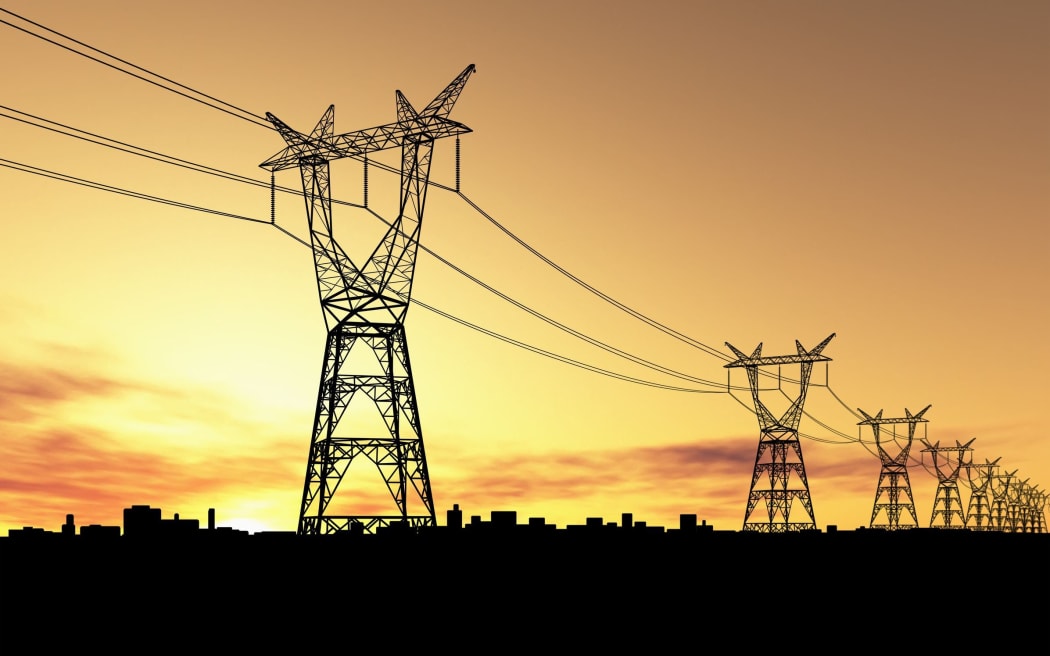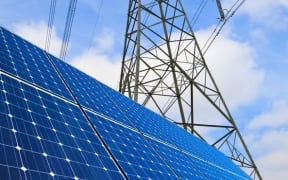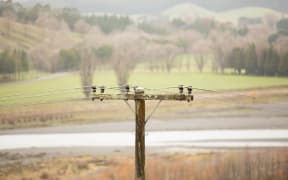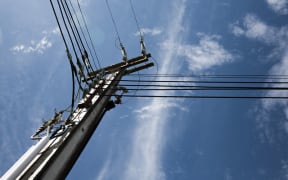The government is investigating the low fixed-user charge for electricity, an energy conservation mechanism that appears to have had a negative impact on low-income families.

Photo: 123rf
The cheaper rates were pushed through by the previous Labour-led government under pressure from the Green Party, but Energy Minister Judith Collins has told an electricity conference in Wellington the scheme is being examined.
"I have asked MBIE [Ministry of Business Innovation and Employment] to have a look and give me some advice on it," she said.
"It seems the people who are suffering the most from low-fixed user charges are the poorest New Zealanders and I think that is the opposite of what was intended."
When it was brought in over a decade ago, the low fixed-user charge was intended to incentivise electricity conservation by offering people a low fee to pay for the lines that bring electricity into a property.
It was argued that high lines charges discouraged energy conservation, as people used lots of power to justify the steep upfront costs.
But critics have argued it achieved the opposite of what was intended and was being used by wealthy people with a second home, such as a bach, who did not need the advantage.
High-earning couples without children also benefited, especially if they could afford insulation, solar heating or energy-saving appliances.
Poor people paid more, especially low income people with large families, living in large, draughty old homes.
Lines companies also said the low fixed charge - just 15 cents a day - came nowhere near paying for the real cost of getting electricity into a property - more than $1 a day.
That money had to be made up for by a cross-subsidy.
The Green Party, which pushed the scheme originally, has admitted it needs significant change and said some people did not deserve the lower charges they were getting.
While seeking to retain the scheme in principle, it wanted the rules to be changed so that only 25 percent of low-user households were eligible.






